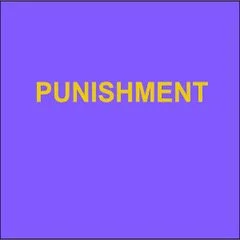Sentencing Insurrection
By Kevin Lapp
On January 6, 2021, an estimated two thousand people broke police lines and breached the U.S. Capitol building in an effort to prevent the certification of the 2020 presidential election results. Over one thousand people have been charged with various crimes for their actions that day, from misdemeanor trespassing charges to felony assault with a weapon and seditious conspiracy. Relying on publicly available sources, this article present results from an analysis of the first 514 people to have been sentenced in federal court for crimes committed on January 6. The result is a snapshot of the insurrectionists, the charges they faced, and the punishments federal judges imposed on them.
On demographics, the data suggests that the lawbreaking and political violence of January 6 was not just the work of the usual criminal suspects, so-called right-wing extremists, or residents of former President Trump strongholds. Rather, it was committed by a cohort that more closely resembles mainstream White America. On punishment, the aggregate results are notable for their leniency. The cases were much more likely to result in a conviction for only a misdemeanor than typical federal criminal cases. Prison sentences were imposed much less frequently than usual for federal criminal defendants, and were much shorter in length.
The article also explores the relationships between defendant age and sex, the sentences that judges imposed, and the sex and political party of the President who nominated the sentencing judge. Several intriguing findings raise questions about scholarship on the politics of sentencing. It also examines where individual judges varied in the imposition of incarceration, sometimes in surprising ways, even accounting for the severity of the offense of conviction.
Finally, the article posits three alternative narratives supported by the data. One is a story of preserving political stability and the rule of law through prosecution, threatened by lenient sentencing. Another is judicial corrective to prosecutorial overreach. A third centers the role of politics, demographics, and bias in the administration of criminal justice.
Accepted for publication in the Journal of Criminal Law and Criminology (publication in 2025),


